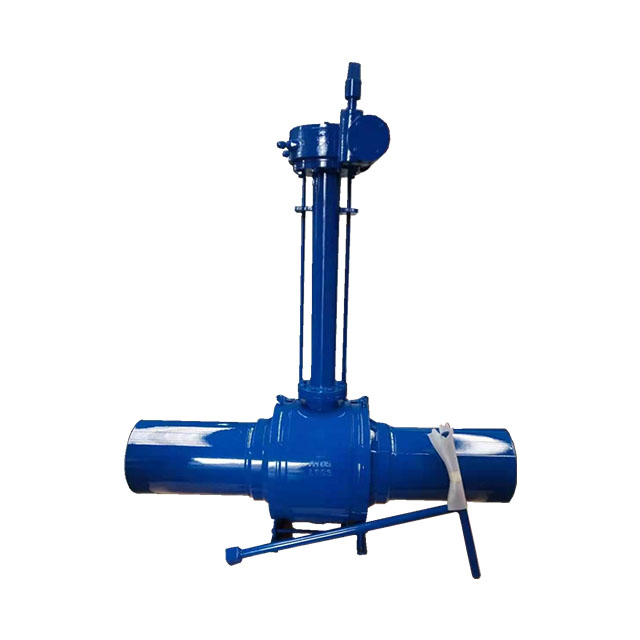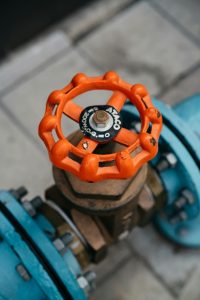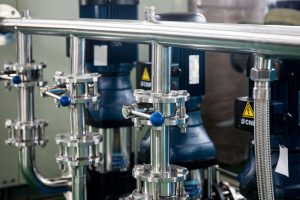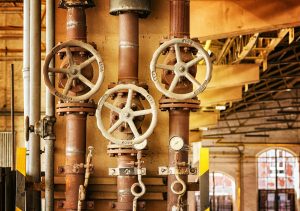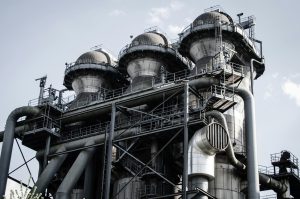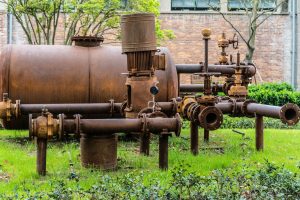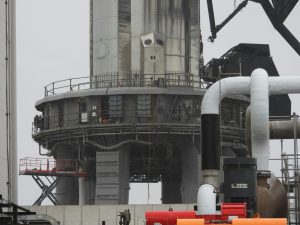A fully welded valve has a spherical or cylindrical structure and is made up of welds to prevent any leakage. In most cases, the valve is trunnion mounted. The butt welding is done in order to prevent friction between the ball and seat.
The forged and fully welded ball valve is made from forged material and has a compact envelope. Its spherical design helps minimize the weight and provides better sealing.
The spherical design of a fully welded ball valve has one welding seam, while the cylindrical type has two welding seams. Its lightweight design makes it easy to install and insulate. It is also easy to reverse the process of the valve.
A fully welded ball valve, for example, uses a forged body. This design reduces the weight of the valve while improving its strength and sealing properties.
These valves can be either spherical or cylindrical. The spherical type features a single welding seam, while the cylindrical type has two. In this way, the stem and seat are not exposed to any pressure, which means less leakage.
A fully welded ball valve is a type of forged valve. It is characterized by having no external leakage path from the body. The process of welding the body is qualified according to ASME Section IX.
If you want to know more about a fully welded valve, continue reading this article.
Table of Contents
ToggleWhat Is A Fully Welded Valve?
A fully welded valve has a forged body and is fully welded. Its welded body minimizes weight and improves strength. In addition, its welded construction eliminates leak points. These valves are used to connect to the medium inside pipeline systems.
The most common type of fully glued valve is the ball-type, which is used in many industries. Its design is unique and offers many advantages.
Fully welded ball valves are made of fully forged material. They are lightweight, high-strength, and low-maintenance. They can last for 30 years or longer.
These valves are bidirectional in that they allow venting even in the fully open position. This feature makes them useful in pipeline systems. Moreover, they can be opened and closed easily, which makes them versatile.
Fully welded ball valves can be made of the same material as pipelines. This prevents uneven stress and deformation caused by vibrations. Additionally, fully welded valves are age-resistant, which makes them ideal for sanitary applications.
A fully welded valve offers superior protection and a lighter solution. These welded valves eliminate leak paths to the external environment. These fully welded valves also offer high-quality assurance.
They have a solid double trunnion configuration. They undergo various types of testing, including visual, magnet particle, ultrasonic, and radiographic testing. And they are made to be highly resistant to wear and tear, and they offer exceptional value for money.
How Does A Fully Welded Valve Work?
The full welded valve is one of the most popular types of ball valves available on the market. Its body is fully welded and forged to reduce its weight and increase its strength. This feature eliminates the possibility of leaks. The fully welded valve is used to connect a pipeline system with the medium. Most often, the valve is a ball valve and is used in many industries.
The full welded ball valve is also a bidirectional sealing valve. In the open position, the valve can vent. The double piston effect provides a double seal barrier. A fully welded ball valve works just like an ordinary ball valve. There is a hollow ball inside the valve, which moves to control the flow. The only difference is that the parts in this type of valve are fully welded to prevent leakage. Unlike a normal ball valve, you cannot open and repair this type of valve.
This type of valve is an excellent choice for pipeline systems that require flammability precautions. This type of valve is certified by API, 6FA, and API 607 for fire resistance. This valve offers a variety of benefits, such as low weight and easy installation. These fully welded valves are highly reliable and durable.
What Are The Benefits of Fully Welded Valve?
Fully welded ball valves have several advantages over conventional valves. These valves can reduce engineering time, reduce weight and improve reliability. The fully welded body design also prevents leakage, which is an important consideration for high-pressure and corrosive service applications. In addition, these valves are available in various trim options to suit specific customer requirements. This article will provide you with more information about these types of valves.
As the name suggests, fully welded ball valves are three-piece designs. This allows the valve to have a smaller profile and reduce weight. The design of the body cavity allows for various grades of metal to be used. The material used to make fully welded ball valves is very durable, and the benefits are worth the extra expense. The body design also enables these valves to function in extreme service conditions, making them ideal for chemical and corrosive fluids.
A fully welded ball valve has an incredibly compact design. The ball is inserted into a stainless steel trunnion, which helps reduce the overall size and leak paths. The trunnion-mount also prevents excessive friction between the ball and the seats, which is an additional benefit of fully welded ball valves. The trunnion-mounted stem allows the valve to operate with very low torque.
Fully welded ball valves provide maximum strength at minimal weight. The high resistance to pipeline loads makes them the perfect choice for high-pressure applications. This type of valve is ideal for both onshore and offshore topside applications. They are lightweight and compact and significantly reduce leak paths. This design is also incredibly robust.
A fully welded ball valve is easy to install. Its body and stem are designed for optimum performance and efficiency. They are able to be buried directly in the ground without the need for a large valve well. These valves are a cost-effective choice in pipeline installations, as they can be easily installed at multiple locations. However, the disadvantages of using a fully welded ball valve are numerous.
Forged bodies are lightweight and durable. They are ideal for special applications such as high-pressure and corrosive environments. The fully welded ball valve body is composed of three forged parts, which have fewer leak paths than traditional ball valves. The valve stem is also made of high-strength satin steel.
A fully welded ball valve body reduces the number of leakage points. In many cases, there is no external leakage, but it is important to ensure that the valves are used only at their maximum capacity. A fully welded ball valve can handle a range of pressures, and the pressure of the valve body will not affect the valve’s performance. Once the seat is welded, the fully welded ball valve will work efficiently and safely.
A fully welded valve is also easy to operate, thanks to its recessed seating. The stem is installed inside the valve body and has steps to prevent it from flying out. An anti-static spring is installed between the ball and valve body, allowing it to release static electricity during switching.
